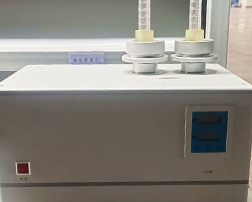

The manufacturer of Qiwei Automobile brake pads has found that braking should be one of the more frequently used functions in our daily use of cars. However, as a mechanical component, we will more or less encounter problems such as noise, shaking, odor, smoke Wait a minute. But does it feel strange when someone says, 'My brake pads are burnt'? This is the so-called "carbonization" of brake pads!
What is "carbonization" of brake pads?
The friction components of brake pads are formed by high-temperature reaction die-casting of various metal fibers, organic matter, resin fibers, and adhesives. Car braking is achieved through friction between the brake pads and brake discs, which inevitably generates thermal energy.
When the temperature reaches a certain value, we will notice that the brakes are emitting smoke and accompanied by a pungent smell similar to burning plastic. When the temperature exceeds the high temperature critical point of the brake pad, the brake pad contains carbon containing organic matter such as phenolic resin, styrene butadiene rubber, stearic acid, etc. The hydrogen and oxygen in the form of water molecules are removed, leaving only a small mixture of phosphorus, silicon, and other carbon left! So after carbonization, it looks gray black, in other words, it's "burnt".

Consequences of brake pad carbonization:
1. With the carbonization of the brake pads, the friction material of the brake pads will become powdery and quickly fall off until it is completely burned out, at which point the braking effect gradually weakens;
2. The brake disc undergoes high-temperature oxidation (which is commonly known as blue-purple discoloration of the brake pads) and deformation, which can cause vibrations and abnormal noises at the rear of the car during high-speed braking
3. High temperature causes deformation of the brake cylinder seal, causing an increase in brake oil temperature. In severe cases, it can cause damage to the brake cylinder and prevent braking.